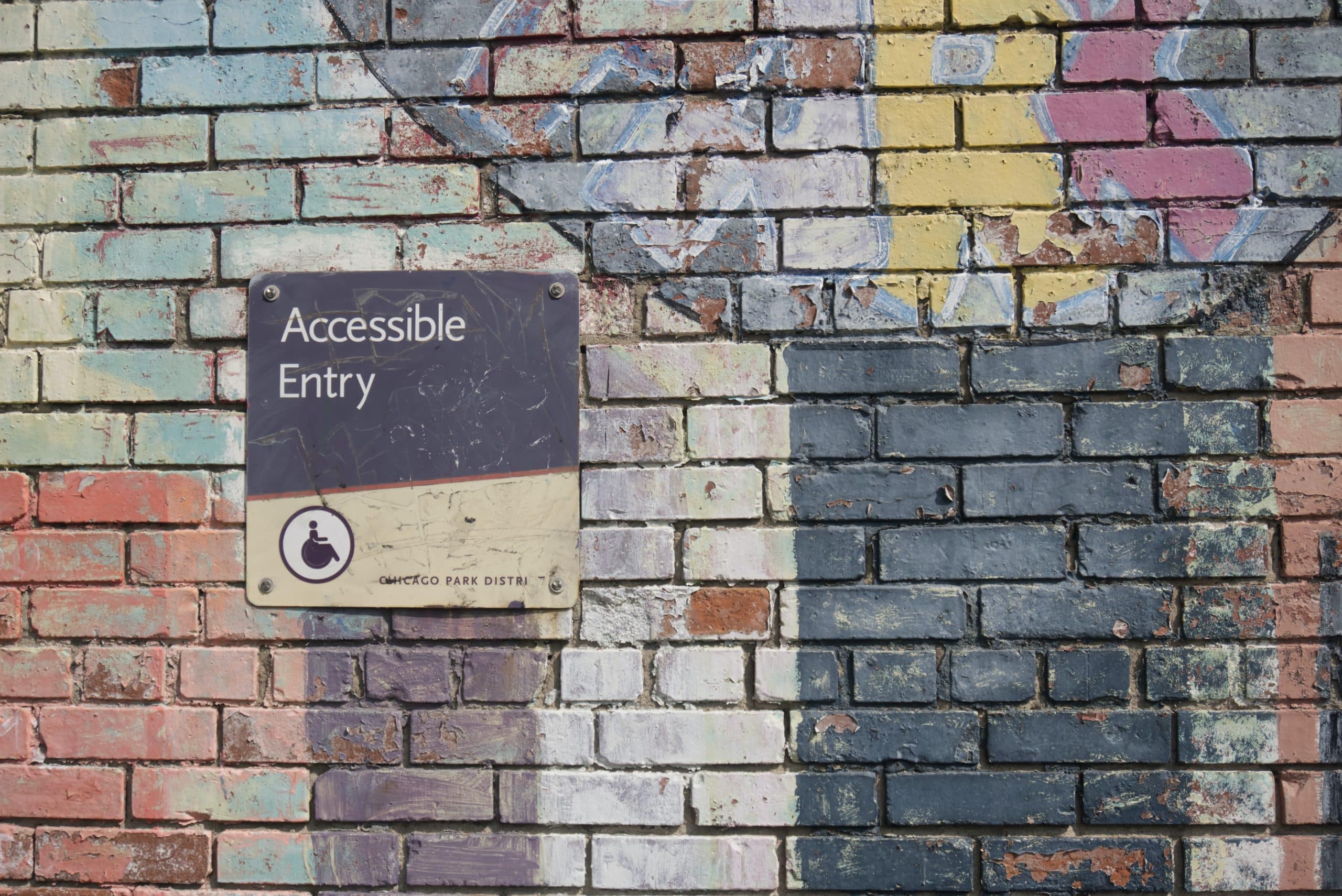In the age of digital ubiquity, designing a product that has accessible UX (User Experience) and caters to a diverse array of users is not just a mark of excellence but a necessity. From a front-end developer’s viewpoint, enhancing accessibility is akin to laying down the red carpet for users of all abilities to have an equal and extraordinary experience on the web. Let’s delve into the intricacies of intertwining accessibility and UX to forge a path that leads every user to their desired destination without barriers.
Accessibility and UX: Unveiling a New Dawn
As someone steering the frontend of web development, the realization that accessibility is not just a feature but a responsibility transforms how we approach design and development. Here, we align with the ethos expressed in popular articles that emphasize crafting designs that are universally accessible (2359media, Salesforce UX). We need to dig deep, beyond the visual aesthetics to ensure a seamless experience for all.
The Pillars of UX: A Developer’s Canvas
When we talk about UX, it often transcends beyond beautiful layouts and intuitive interfaces. For a front-end developer, the principles of UX extend to crafting codes that breathe life into these designs, making them inclusive and accessible. Here are some principles that act as a cornerstone:
- Inclusive Design: Inclusivity is not confined to color contrast or text size. It encompasses creating experiences that adapt to the users’ diverse needs, understanding their limitations, and facilitating a smooth navigation process.
- Consistency and Predictability: Consistent design patterns and predictable behaviors are vital. It ensures that users can naturally navigate through the interfaces without any unforeseen roadblocks.
- Feedback and Interaction: Keeping users informed about actions, changes, or errors is essential. Developers can work on providing real-time feedback, ensuring users are never left in a void.
Enhancing UX: A Frontend Developer’s Perspective
Armed with the above principles, a frontend developer has a significant role in augmenting accessible UX by focusing on:
Semantic HTML
Implementing semantic HTML is a developer’s first step towards accessibility. It not only aids screen readers in interpreting the content correctly but also lays a strong foundation for SEO.
A robust UX design ensures seamless navigation using keyboard inputs, facilitating users with motor disabilities to browse without any hindrances.
A11y Testing
Incorporate automated accessibility testing in the development process to identify and rectify potential issues at an early stage, fostering a universal design.
Responsive Design
Developing responsive designs that adapt to various screen sizes and devices not only enhances the UX but also ensures accessibility, making the web a place for everyone.
A Better Tomorrow: Spotlight on an Accessibility Tool

While we, as developers, aim to craft accessible experiences, tools like AccessiBe can catalyze this journey. It’s an AI-powered solution that promises to make the web accessible to everyone, including people with disabilities. Here are some of its advantages that can aid developers in fostering a better UX.
Ease of Integration
It can easily integrate with your website, making it compliant with WCAG (Web Content Accessibility Guidelines) without altering the site’s structure.
AI-Powered Automation
The tool utilizes AI to automatically scan and adjust the website, saving developers the time and effort required for manual adjustments.
Continuous Monitoring
With this tool, developers can ensure that the site remains accessible as it continually monitors and adapts to content updates.
User-Centric Features
It offers features like screen reader adjustment and keyboard navigation, which significantly enhance the user experience, making the web a friendly place for all users.
The tool boasts a suite of features that provide numerous advantages to users, especially those with disabilities, as it seeks to create a more accessible web environment for all. Here is a list of notable advantages to users.
- Personalized User Experience: Users can tailor their web experience according to their preferences and needs with an easy-to-use interface that allows for adjustments in various aspects such as font size, color contrasts, and spacing.
- Screen Reader Compatibility: It offers compatibility with screen readers, facilitating smooth navigation and understanding of web content for visually impaired users.
- Keyboard Navigation: Users with motor disabilities can effortlessly navigate websites using keyboard shortcuts, making it a more inclusive experience for those who may have trouble using a mouse or touch screen.
- Content Highlighting: Users can highlight links, headings, or buttons to better understand the structure of the content and easily navigate through the various sections of a website.
- Easy-to-Find Accessibility Profile: It enables users to save their accessibility settings in a profile, which can be easily used across other websites that utilize the tool, providing a seamless and personalized browsing experience.
- Seizure-Safe Profile: For users prone to photo-sensitive seizures, it offers a feature to remove flashes and reduce the risk of triggering a seizure, thereby ensuring safe web browsing.
- Cognitive Disability Support: The tool provides functions such as reading assistance to support users with cognitive disabilities, allowing for a more inclusive and comprehensive web experience.
- Visual Impairment Adjustments: Users with visual impairments can make several adjustments, including altering the color contrast and enlarging the font size, to facilitate a more comfortable reading experience.
- ADHD-Friendly Profile: For users with ADHD, it offers a specific profile that removes any potential distractions and allows for a focused and undisturbed browsing experience.
- Multilingual Support: It’s equipped to provide accessibility support in multiple languages, making it a versatile tool for a diverse user base.
- Compliance with Legal Standards: By using it, users can enjoy a browsing experience that complies with internationally recognized accessibility standards, including WCAG and ADA.
- Real-Time Adjustments: The tool operates in real-time, instantly applying users’ preferences, ensuring a streamlined and user-friendly experience.
By integrating these features, AccessiBe is paving the way toward a more inclusive and accessible UX landscape where users of all abilities can navigate with ease and efficiency.
In conclusion, from a frontend developer’s perspective, weaving accessibility into the fabric of UX is a rewarding challenge. It is a proactive approach to dismantle barriers and usher in an era where the web is inclusive, offering an exceptional experience for all users. As developers, let’s lead the charge, fostering a web ecosystem that is accessible, inclusive, and remarkably user-friendly.
Contact Aries Solutions today to find out how we can help your business!
